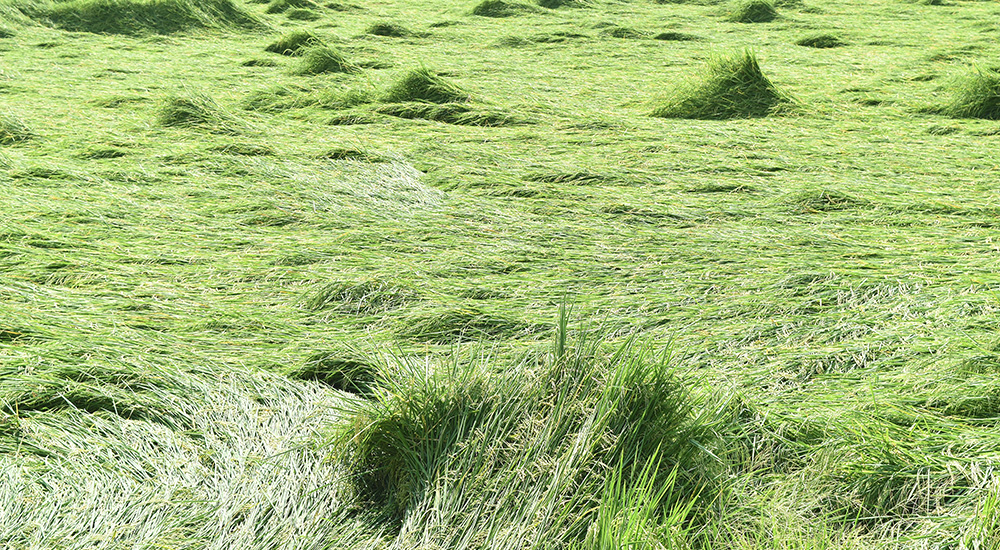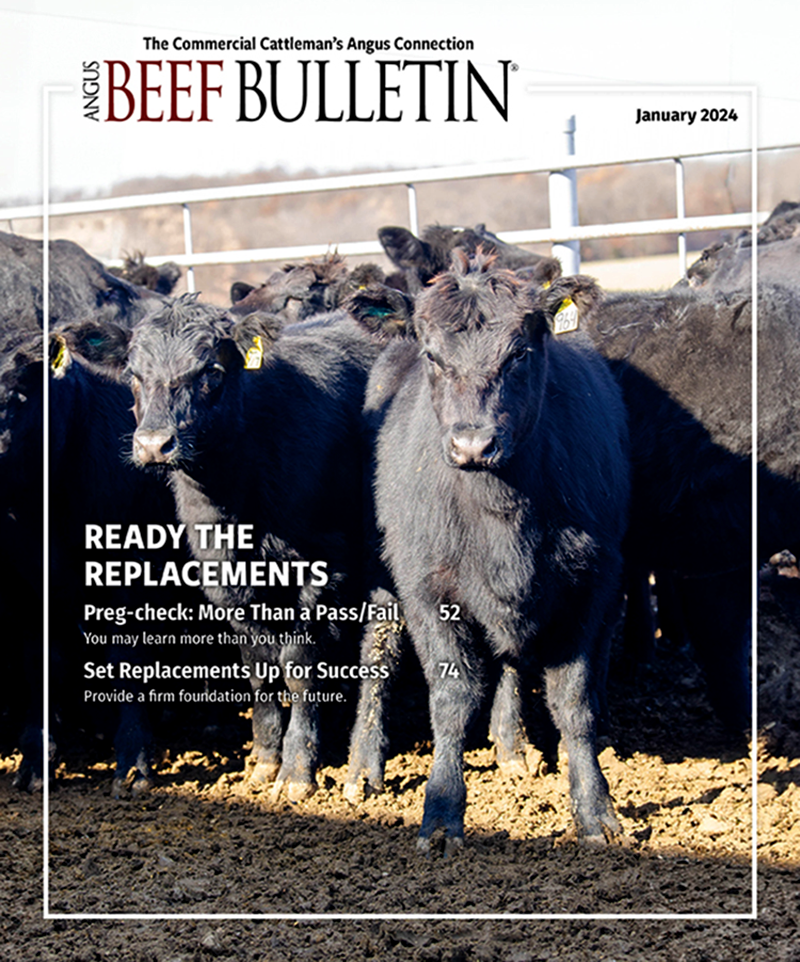
Post-hurricane Feed Questions Answered
Hurricane Michael devastates southeast agricultural industry; animal feed crops affected.
Hurricane Michael has devastated Florida’s panhandle and southwest and central Georgia, right through the heart of both states’ agriculture industries. The Florida and Georgia departments of agriculture are coordinating efforts to assist recovery in the areas affected most by Hurricane Michael.
“Michael’s impact has been the most widespread and devastating hurricane in recollection to impact Georgia’s agriculture industry,” said Ag Commissioner Gary Black. “Crops, animals and infrastructure have all taken a substantial loss.”
Florida Commissioner of Agriculture Adam Putnam said: “At least 3 million acres of timber were impacted by the storm, and numerous other commodities suffered severe damage. We’ll continue to work with the industry and partners at the local, state and federal levels to fully assess the agricultural damage. In addition to timber, other commodities devastated by Hurricane Michael include poultry, peanuts, dairy, cotton, tomatoes and aquaculture.”
For livestock producers, the U.S. Food and Drug Administration (FDA) answered some questions about crops harvested from flooded fields intended for animal food.
- 1. Can I use crops that have been harvested from fields impacted by flooding for animal food?
- Each situation must be considered on a case-by-case basis, looking at a variety of factors such as the extent of flooding and the type of crop. In certain circumstances, crops harvested from fields affected by floodwaters can be used for animal food, but usually these crops are unacceptable because of contamination. Floodwaters from storms often contain sewage, pathogenic organisms, pesticides, chemical wastes or other toxic substances. Mold growth is another serious concern for flood-affected crops intended for use in animal food. Some molds produce mycotoxins, which are toxic to certain animals and people. People who eat food products from animals that ate the mold may also suffer health effects.
- 2. How can I determine whether a crop harvested from flooded fields can be salvaged for animal food?
- Before being used in animal food, crops exposed to flooding should, at a minimum, be tested for mold, bacteria, chemicals and heavy metals contamination. Depending on the test results, the crop may be acceptable for animal food use or it may be possible to salvage the crop by reconditioning the crop. Reconditioning is a broad term that covers certain types of processing.
- 3. What type of testing should I do?
- Specific testing should include:
- • Mycotoxins, including aflatoxin, fumonisin, vomitoxin, zearalenone and ochratoxin. Aflatoxins, fumonisins and vomitoxins should not be present above levels found in FDA guidance.
- • Heavy metals, specifically cadmium, mercury and lead.
- • Certain pathogenic bacteria and their toxins, especially salmonella, E. coli 0157:H7, and Clostridium perfringens and botulinum.
- • Chemicals, such as pesticides, with particular emphasis on organophosphate and chlorinated hydrocarbon pesticides.
As information becomes available regarding conditions near flooded crops, additional testing (for example, for a specific chemical, industrial or environmental contaminant) may be appropriate for producers to consider to ensure the safety of their products for use in animal food.
The FDA will work with producers to consider requests to recondition an adulterated crop into animal food on a case-by-case basis. Those requests should be directed to the public affairs specialist located at the closest FDA field office.
- 5. What information do I need to provide to the FDA District Office if I have a reconditioning request?
- FDA’s compliance guide (CPG 675.200) provides a step-by-step process for reconditioning requests.
More resources can be found at www.fda.gov/animalveterinary/resourcesforyou/ucm575263.htm.
Editor’s note: This article is compiled from information from the FDA, and Florida and Georgia departments of agriculture.



